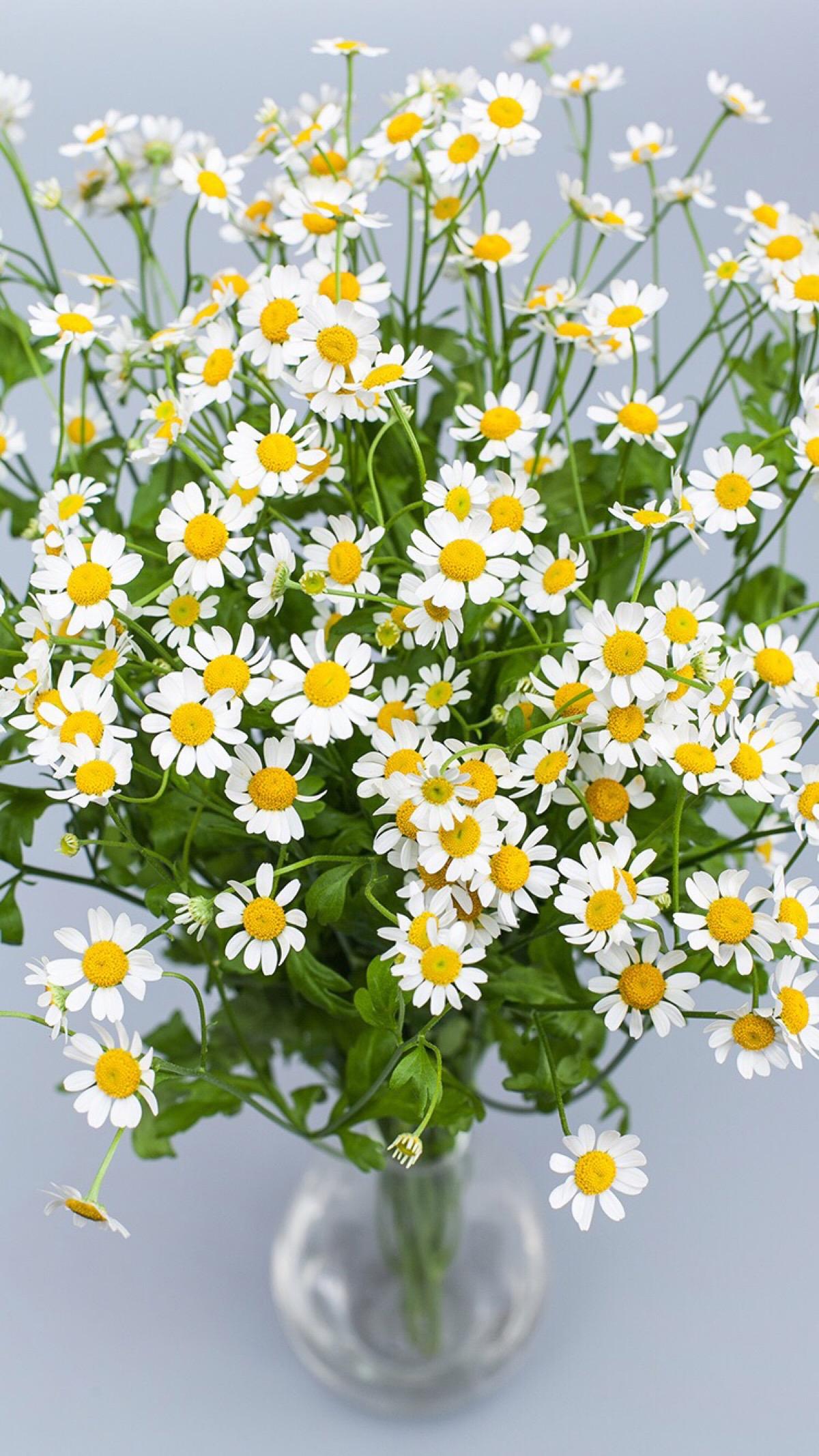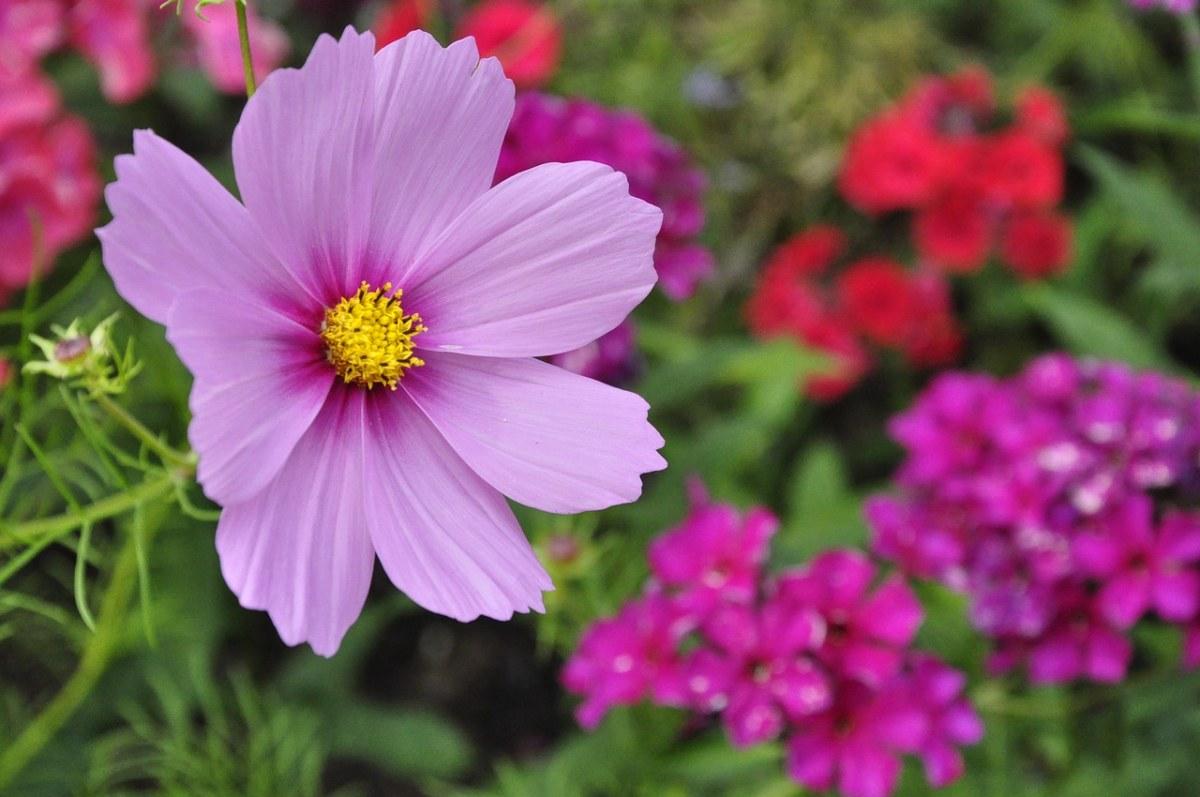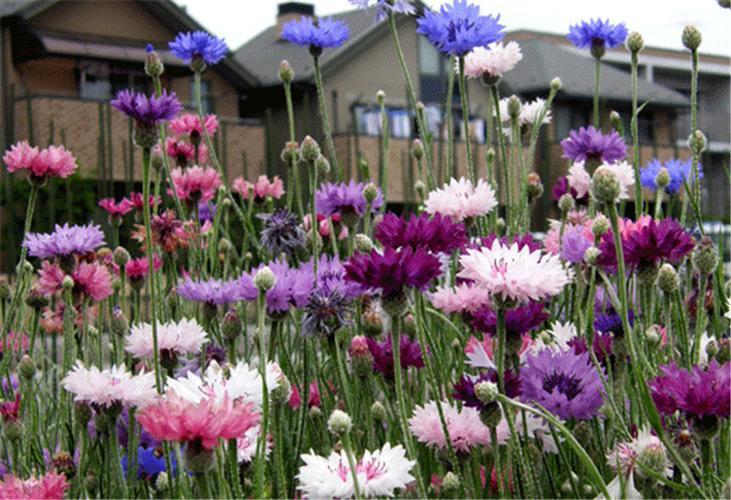Once upon a time, a tiny seed of Ipomoea was blown by the wind. It traveled far and wide before landing in a small crack in a concrete wall. Against all odds, it sprouted and began to grow. People passing by would marvel at this tenacious little plant, defying its surroundings. Word spread, and soon, the crack in the wall became a tourist attraction. The Ipomoea plant became a symbol of resilience and hope. Its story inspired many, serving as a reminder that even in the harshest environments, life can thrive.
Picture
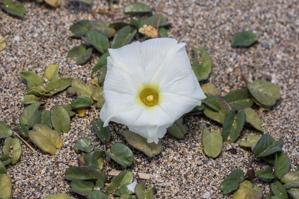
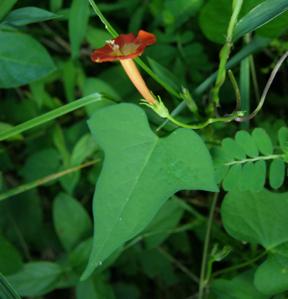
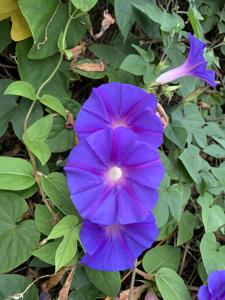
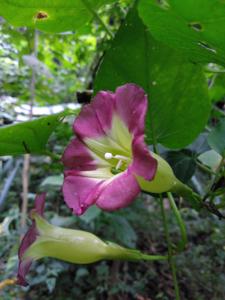
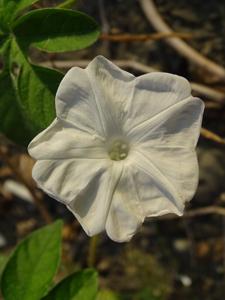
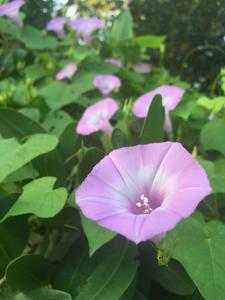
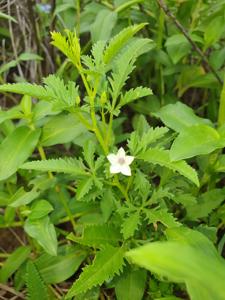
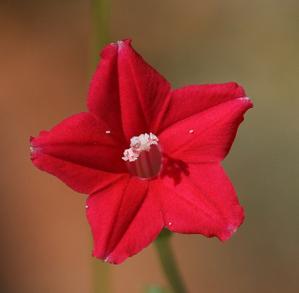

Plant some seeds now!
Short Description
Ipomoea transvaalensis
Ipomoea setosa
Ipomoea muricata
Ipomoea orizabensis
Ipomoea magnusiana
Ipomoea (/ˌɪpəˈmiː.ə, -oʊ-/) is the largest genus in the plant family Convolvulaceae, with over 600 species. It is a large and diverse group, with common names including morning glory, water convolvulus or water spinach, sweet potato, bindweed, moonflower, etc. The genus occurs throughout the tropical and subtropical regions of the world, and comprises annual and perennial herbaceous plants, lianas, shrubs, and small trees; most of the species are twining climbing plants.
Their most widespread common name is morning glory, but some species in related genera bear that same common name and some Ipomoea species are known by different common names. Those formerly separated in Calonyction (Greek καλός kalós “good” and νύξ, νυκτός núx, nuktós, “night”) are called moonflowers. The name Ipomoea is derived from the Greek ἴψ, ἰπός (íps, ipós), meaning “woodworm”, and ὅμοιος (hómoios), meaning “resembling”. It refers to their twining habit.

